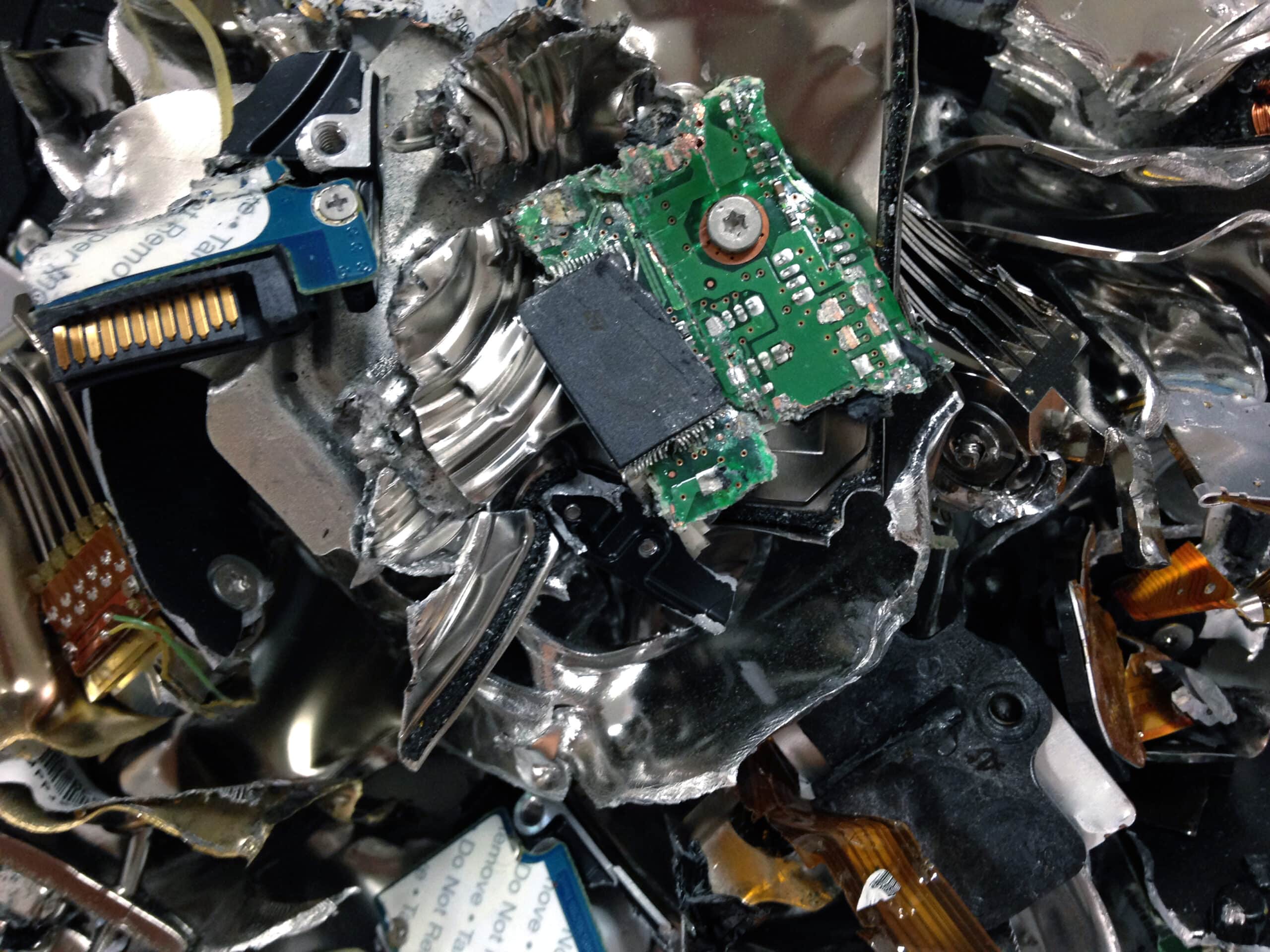In today’s rapidly evolving technology landscape, businesses frequently update their IT equipment to keep up with the latest advancements and maintain a competitive edge. This constant cycle of upgrading and replacing hardware creates a crucial need for effective IT Asset Disposition (ITAD) practices. ITAD refers to the process of disposing of obsolete or unwanted IT equipment in a secure, environmentally responsible, and cost-effective manner. Understanding ITAD is essential for organizations aiming to minimize risk, ensure compliance, and achieve sustainability goals.
The Core Components of ITAD
Data Security and Destruction
One of the primary concerns in ITAD is the secure deletion of data from storage devices. Companies must ensure that sensitive information is irrecoverable to prevent data breaches. This is often achieved through methods like data wiping, degaussing, or physically destroying the storage media.
Environmental Responsibility
Proper ITAD practices ensure that electronic waste (e-waste) is handled in an environmentally sustainable way. This involves recycling components that can be reused and disposing of hazardous materials according to local and international environmental regulations.
Asset Recovery
ITAD also includes the recovery of value from outdated IT equipment through resale or recycling. This can help offset the cost of new IT investments and contribute to a circular economy.
Compliance
Companies must navigate a complex landscape of laws and regulations governing data protection and e-waste disposal. Effective ITAD strategies ensure compliance with relevant legislation, reducing the risk of legal penalties and reputational damage.
The Benefits of Effective ITAD
Risk Reduction
Properly executed ITAD mitigates the risk of data breaches and legal penalties associated with non-compliance.
Cost Savings
By maximizing the residual value of IT assets through resale or recycling, companies can reduce the net cost of upgrading their technology.
Sustainability
Ethical disposal and recycling of e-waste contribute to environmental sustainability efforts, reducing the carbon footprint of IT operations.
Brand Protection
Demonstrating commitment to data security and environmental responsibility can enhance a company’s reputation among consumers and stakeholders.
Implementing a Successful ITAD Strategy
1. Inventory Management
Maintain an accurate inventory of all IT assets to track their lifecycle and determine the most appropriate disposition method for each item.
2. Choose the Right Partner
Partnering with a reputable ITAD provider can simplify the process, ensuring compliance with legal requirements and best practices for data destruction and e-waste recycling.
3. Stay Informed
Regulations and technologies are constantly changing. Staying informed about the latest developments in ITAD can help companies adapt their strategies accordingly.
In Review
IT Asset Disposition (ITAD) stands as a pivotal component in the lifecycle management of technology for businesses, focusing on the responsible disposal of IT equipment, safeguarding data security, ensuring compliance, and promoting environmental sustainability. In navigating the complexities of ITAD, choosing a reliable partner is crucial. Dream Electronic Recycling emerges as the ideal choice for businesses seeking comprehensive ITAD services. With their expertise in data destruction, legal compliance, and e-waste recycling, Dream Electronic Recycling offers a seamless and secure solution for managing the disposal of your IT assets. By partnering with them, companies not only mitigate risks and adhere to regulatory requirements but also contribute toward a sustainable future. As we move forward in an era of rapid technological evolution, the significance of effective ITAD practices, underscored by the expertise of Dream Electronic Recycling, becomes increasingly essential for businesses aiming for success and responsibility in the digital age.


